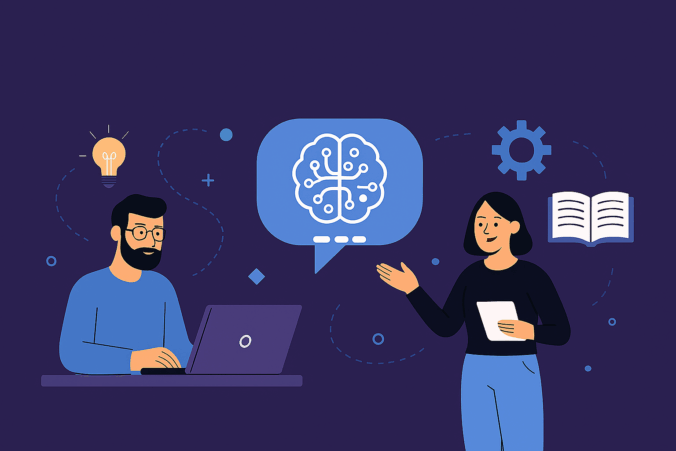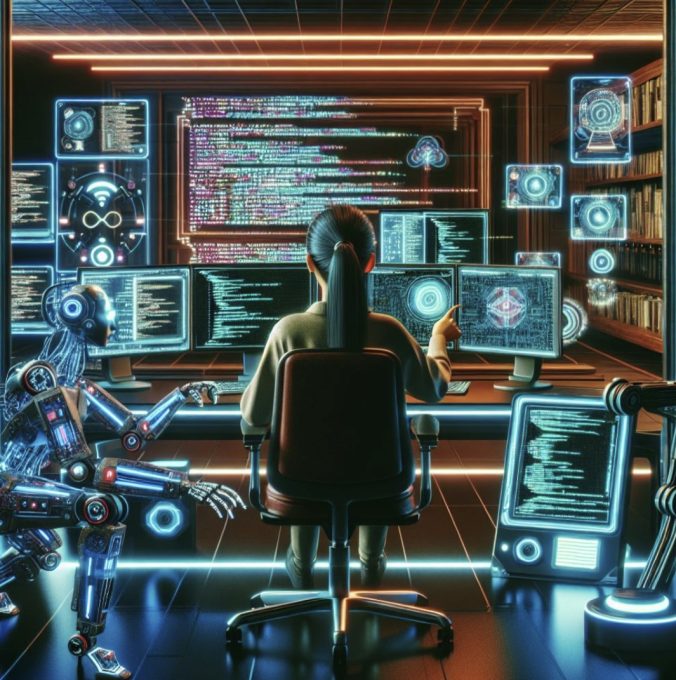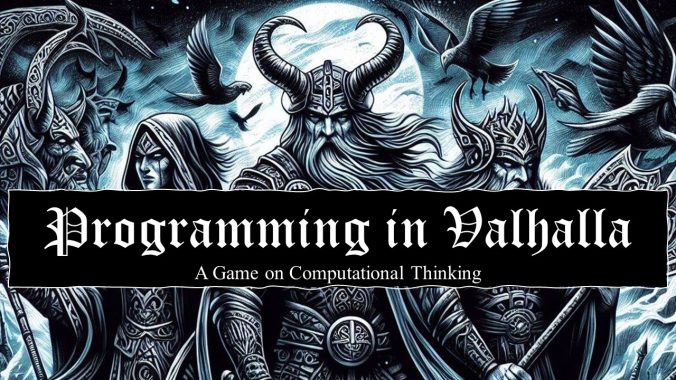Information Technology is now being developed in a pace which is almost unbelievable. This is of course not always visible in the shape of computers, but also in the form of embedded technology, for example, in cars, home assistants, phones and so on. Much of this development is currently either driven by pure curiosity, or to cater for some perceived (sometimes imagined) user need. Among the former we may count the first version of the chatbots, where the initial research was mostly looking at how very large language models could be created. Once people became aware of the possibilities, that created a need for a service driven by the results, resulting in the new tools that are now being developed as a result.
Among the latter versions we have the development in the car industry as one example. Security has been a key issue among both drivers and car manufacturers for a long time. Most, if not all new cars today are equipped with intelligent non-locking brakes, anti-spin regulators, and even sensors that will support the driver in not crossing the lane borders involuntarily. The last feature is in fact more complex than might be thought at the beginning. Any course correction must be made in such a way that the driver feels that he or she is still in control of the car. The guiding systems have to interact seamlessly with the driver.
But there is one other ongoing development according to the latter version, which we can already see will have larger consequences for the society and for people in general. This development is also always announced as being of primary importance for the general public (at least for people with some financial funds). This is a product that resides at the far end of the ongoing development of car security systems. I am talking about the development of self-driving cars. The current attempts are still not successful enough to allow these cars to be let completely free in the normal traffic.
There are, however, some positive examples already, such as autonomous taxis in Dubai, and there are several car-driving systems that almost manage to behave in a safe manner. This is still not enough, as there have been a number of accidents with cars running in self-driving mode. But even when the cars become safe enough, one of the main remaining problems is the issue of responsibility. Who is responsible in the event of an accident? Currently, the driver is in most cases still responsible, since the law says that you cannot cease being aware of what happens in the surroundings. But, we are rapidly going towards a future where self driving cars may finally be a reality.
Why do we develop self-driving cars?
Enters the question: “Why?”. As a spoil sport I actually have to ask, why do we develop self driving cars? In the beginning, there was, of course, the curiosity aspect. There were competitions where cars were set to navigate long distances without human interception. But now, it seems to become more of a competition factor between car manufacturers. Who will be the first car producer that will cater for “the lazy driver who does not want to drive”?
It is, in fact, quite seldom that we hear any longer discussions about the target users of self-driving cars. For whom are they being developed? For the rich lazy driver? If so, that is in my opinion a very weak motivation. Everybody will of course benefit from a safer driving environment, and when (if) there is a time when there will only be self driving cars in the streets, it might be good for everybody, including cyclists and pedestrian. One other motivation mentioned has been that there are people who are unable to get a driver’s license, who would now be able to use a car.
But there is one group (or rather a number of groups) of people who would really benefit from this development when it is progressing further. Who are these people? Well, it is not very difficult to see that a group of people who would benefit the most of having self driving cars are people with severe impairments, and not least people with severe visual impairments. Today, blind people (among many others) are completely dependent on other people for their transport. In a self driving car, they could instead be free to go anywhere, anytime, just like everyone else today (if you have a valid driver’s license). This is in one sense the definition of freedom, as an extension of independence.
Despite this, we never hear this as an argument for the development of this fantastic supportive tool (as in fact, it could be). It is, as mentioned above, mostly presented as an interesting feature for techno-nerdy, rich and lazy drivers, who do not want to take the effort of driving themselves. Imagine what would happen if we could motivate this research from the perspective of supportive tools. Apart from raising the hope for millions of people who cannot drive, there would as a result also be millions of potential, eager new buyers only in the category of people who are blind or who have severe visual impairments. Adding to this also the possibility for older people who now have to stop driving due to age-related problems, who can now use the car much longer to a great personal benefit.
The self-driving car is indeed a very important supportive tool, and therefore I strongly support the current development!
This is, however, just one case among many others, on how we can motivate research also as a development of supportive tools. We just have to see the potentials in the research. Artificial Intelligence methods will allow us to “see” things without the help of our eye, make prostheses that move by will, and support people with dyslexia to read and write texts in a better way.
All it takes is a little bit of thinking outside of the box, some extra creativity, and, of course good knowledge about impairments and about the current rapid developments within (Information) Technology.









